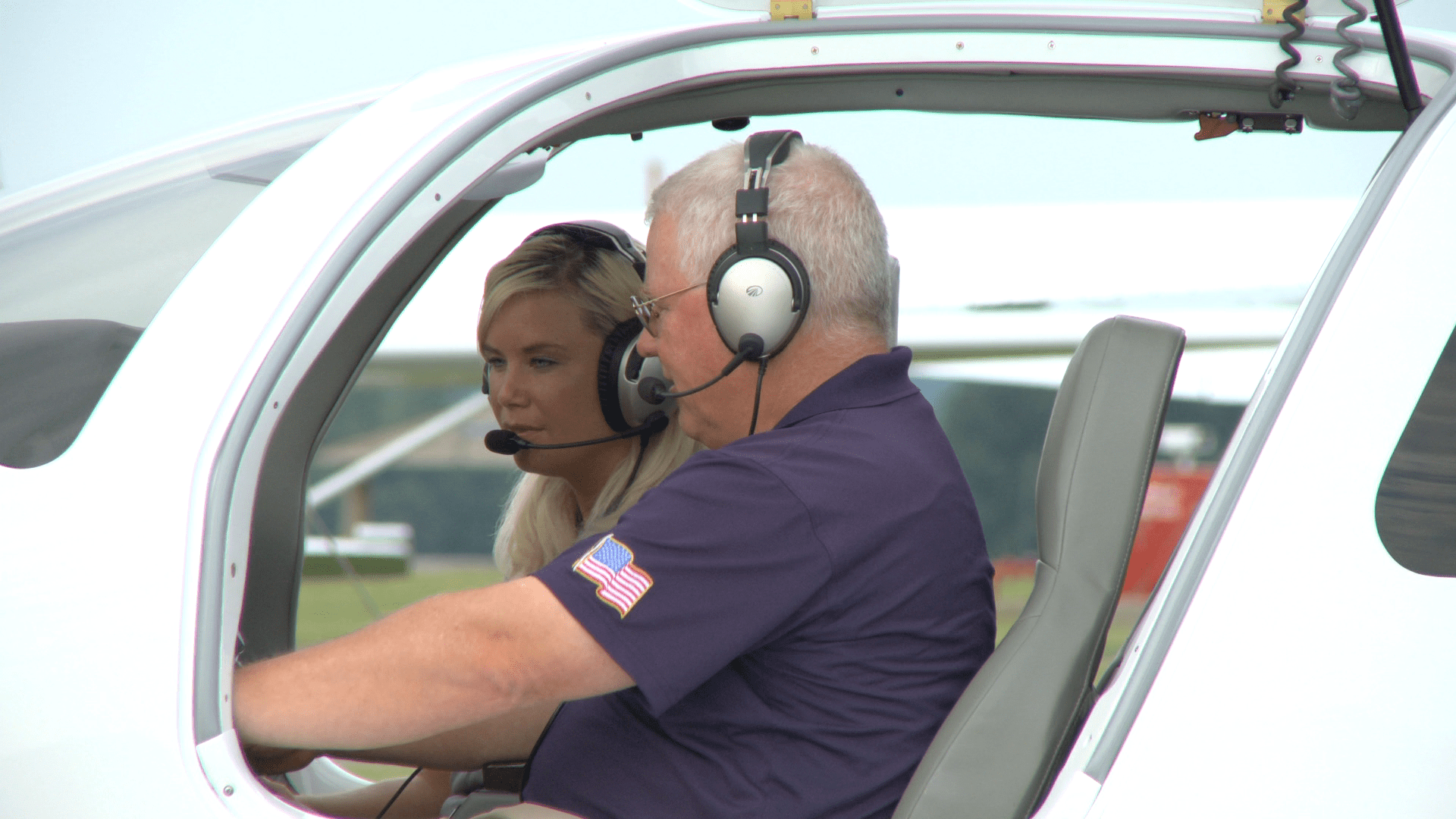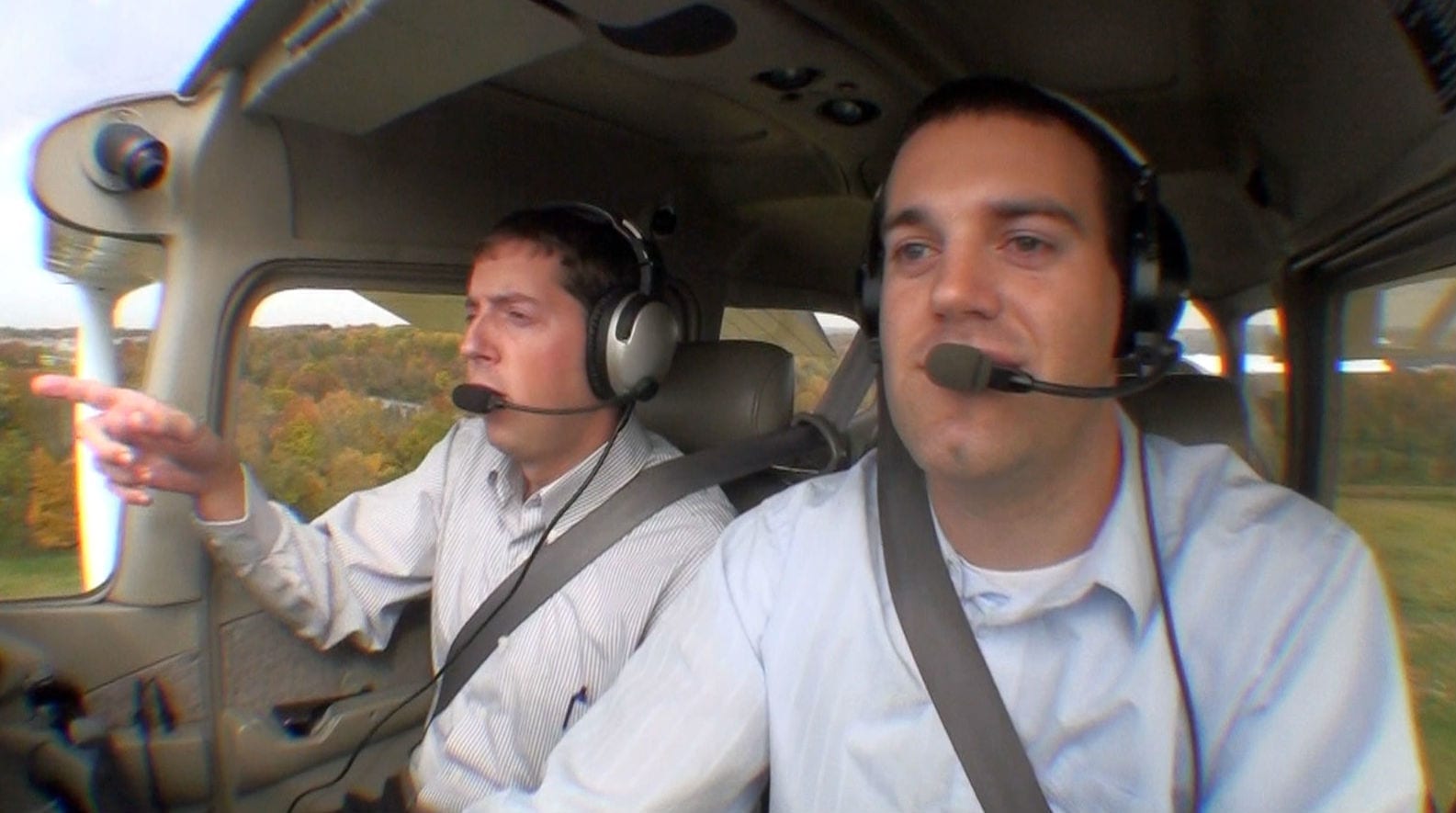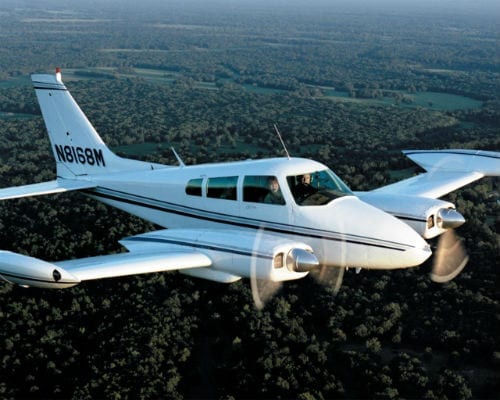After reading the blog post Bad instructors by David Huprich, I thought it might be good to hear the other side of the story (from an instructor point of view) about some of my bad students over the years. Reflecting on David’s article reminded me of several interesting experiences that I have had helping students transition to new airplanes, complete flight reviews, and training primary students.
After about three years of full time instructing primary, instrument, and commercial students, I started to focus more of my instructing on helping students transition to new airplanes. Once I left the structured environment of working with pilots who were trained by the same organization that I worked for, the variance of students’ procedures, skills, and capabilities started to grow quite wide. Some students were quite capable, dedicated to safety, and professional in their personal flying, while others were loose about checklists, maintenance and weather decision-making to the point of being unsafe.
My personal favorite was a particular Cirrus pilot who wanted a Flight Review. I had become a Cirrus Standardized Instructor Pilot several years earlier, and enjoyed specializing in the SR22 (gen 1 and 2). This client had called based on a friend’s referral of another Cirrus transition student whom I had helped about six months earlier. We met on a Saturday morning to begin the ground portion of the Flight Review.
The client flew in 30 minutes late, which isn’t uncommon in flying (safety first, right?) but when asked about why he was running late, he responded, “I had to stop for gas because I ran out in the right tank.” Given the aircraft systems and type of Left/Right fuel selector, I wasn’t too concerned. But then I realized he couldn’t figure out why he ran out, since he requested to be topped off by the FBO the day before. He never checked the gauges or looked in the tanks! His flight time to I69, my airport, was only 20 minutes. That meant he took off with the fuel annunciator on. The review went downhill from there.
A good student, by comparison, was a gentleman who was referred to me by a fellow instructor who left instructing. This student had been a pilot for about 10 years and had around 850 hours of flight time in various aircraft, many of which he had owned. In our initial conversation about beginning his transition to a Bonanza 36, which he recently purchased, he started with the list of airplanes and experience that he had and instructors whom he had flown with; pretty standard stuff. When we met to begin systems and procedures review before flying, I was blown away. He had studied the manual cover to cover, came prepared with questions about the things that he didn’t fully understand, and wanted the agenda to begin studying for the next days’ activities.
These small things may seem like standard stuff, but his attention to detail, focus on our lessons, note taking about my personal procedures for flying the aircraft, and interest in taking an instructor along “to get fully comfortable” beyond his insurance requirements showed his dedication to safety. Like many owners, he had created a checklist for his new plane, but rather than assume his shortcuts from the manufacturer’s list would work, he sought advice and opinions from me and other instructors experienced in his specific model.
Bad students don’t always have to be the dangerous ones either. Despite the initial issues, I did finish the Cirrus pilot’s Flight Review, but after some extensive grounds and serious procedural changes to his flying. He later referred me to a fellow pilot from his home airport who owned a Columbia 350. Given my experience with the Flight Review with his friend, I feared the worst from this Columbia pilot. I was happily surprised. He was a dedicated pilot who was familiar with regulations, weather services, and the usual Flight Review stuff. His flying was well within PTS standards and he completed his Flight Review in the minimum times for both flight and ground.
So, why was this Columbia pilot a bad student? He didn’t learn. He was so confident in all of his knowledge and procedures that I wasn’t able to make a scratch in the surface. I offered my thoughts about the older checklist that he was using for his plane (this occurred shortly after Cessna acquired Columbia), certain landing techniques that could help save his brakes and possibly some tread on his tires, and some newer web resources for flight plans and weather. All of my work was in waste. A student who brings a closed mind isn’t a student at all. All good pilots are always students.
In summation, there are good students, and there are bad students, but nothing prevents a student from turning the page and becoming a better student if they want. The job of a CFI is to try to steer the bad ones to become good ones.
- It isn’t always the instructor’s fault - July 6, 2012












I appreciate once again hearing about “the other side of the story”, David. Certainly we’ll find people who perform badly in almost any circumstance we might encounter, and flying is no exception, whether ultralights or commercial jets. Many years ago I did mountain check rides for CASARA, and turned down a few pilots with lots of hours because I had no confidence that they could handle the tight weather conditions and/or being as close to the rocks as it takes to find people. Some agreed with me and became excellent spotters, some took offense and flew away. On one particular search we were on, we had 4 commercial-rated pilots on board, 1 flying and 3 (including me) spotting, and things got so bad I never again regretted insisting on the best. In your position as instructor, the same applies – “good enough” just isn’t.
Having been around flying all my life…I have seen and heard horror stories from both sides. It just seems to me , that if the Instructor is worth his/her weight, then they should be the one making the call and saying that You are not ready to fly yet…. Make the proper notations into their log book…. go one to the next student…as for the student, well all students are excited about their first few lessons…and we are only to eager to fly…but we must depend on the instructor to make the right choices to properly teach the fellow student…I personally have had 2 bad instructors….my first instructor thought he was general George Patton….He had a lot of issues….I dropped him and learned from another instructor…on the second bad instructor…she showed up drunk !…HA I knew better than to fly with her…what hurts the aviation field is that she still flies and teaches…( and drinks)…no one is perfect…but we cannot …student or instructor, take safety out of the equation for even 1 minute. It takes both to make flying at any level…( pun intended) a safe and fun experience everytime.
You make a good point, David. No doubt about it: It’s a two-way street. The best instructor in the world can’t teach a lump of clay a thing.
Great observations and as a future CFI I will keep them in mind. Thx.
I don’t know if there are bad instructors as much as personality differences between CFI and student. I’ve had a few CFI’s I didn’t work well with. But I have to admit I have been a bad student at times too. I didn’t learn from past mistakes. Or study for the next lesson. So there were days I questioned whether I even knew what an airplane looked like and this was while I was earning my instrument rating. It took me a while to remember my private certificate did not make me a good pilot. It only made me legal to fly. Once I got past that, I became a much better student. And Joe became a great CFI……..imagine that!
One thing I learned from the PSIA as a ski instructor is that people have different learning styles. Some read and then do, some need a demo and them follow along, some want to experiment (never a good idea), some need to be told everything many times and some are fixed in a certain idea and need to be redirected.
With a new student, I always inquired how they like to learn new things to make the info transfer more effective.
If you explain how you like to learn new things, you might discuss that with any potential instructor to get a compatible instruction/learning connection.
Cheers
A good Instructor is one that can adjust to students learning style, such as, young versus adult learner and other differences. I learned to fly when I was very young but due to life, family and finances didn’t finish and get a rating until I retired. As a kid I could absorb all the in airplane stuff that the Instructor could dish out but I was terrible about not hitting the books. As an adult learner I do OK in the cockpit but the studying is where I excel. I have encountered a few former military IP’s (I know they weren’t all like that) and Instructors that learned in that environment; I’m certain I would not fly with them more than once; I’d of been OK with their abuse as a kid (I was in the Army) but as a paying adult I’d look for somebody more grown-up. As it turns out I now learn from a retired Military and Airline Instructor Pilot who is the best fit for where I am in life at this time. One learning style does not fit all. There are still plenty of people out there (not just Instructors) that once they become Pilots or involved aviators they do not represent the aviation community well; fortunately, they may now be out numbered.
It could be said that the end result is as good as the effort put into finishing it. People start with no knowledge of flying and end up as “rock-apes”, why is that? and where do the bad habits develop. Finding a good flight instructor is like finding a good doctor, once you’ve got him/her, don’t let them go because you know you’ll get value out of the visit.
It took a few attempts to get what I was looking for and not putting good money after bad. Don’t just stay with the same mediocre flying training when there are more focused instructors who can direct the new pilot into one that is aware of their limitations and knows what he/she is capable of, who won’t take unnecessary risks that could endanger themselves and others, not those that only teach you stuff because that’s what their paid to do and no more. Be selective and hopefully the bad instructors will fade away.
I’m on to my second CFI, and man, it’s like a whole new world once I switched. When I first started flying, I didn’t know what to expect; so after a few hours of doing pattern work I was just okay with it. It wasn’t until I was thirty hours in, and had over two-hundred landings that I started to get discouraged. I figured it was all my fault; if I couldn’t master the landing then I just have to keep at it.
I worked a summer job at a pizza joint and the owner’s son flew, and referred me to another instructor at a different airport. I figured I would fly once or twice there, just to see if it really is me or not.
The end of the second lesson my instructor went “Ken, why haven’t you solo’ed yet?”
At that, I knew it wasn’t completely me. I feel like instructors who take a more up-front approach, and encourage you to fly like a coach does with an athlete, you’ll get better results. My instructor I have now, the same guy who signed me off to solo, has a huge heart for aviation, and has that aura that makes me think “I want to fly just like him…” something I can’t say about my old instructor, who acted like she had better things to do, and hardly spoke about flying other than the lesson itself.
Instructors play a gigantic role in a student’s drive, and their ultimate success. If you have a guy whose willing to go beyond the cockpit, and make you feel like you’re his only student, you’ll get far better results than one who can’t wait to get you out of the plane after 10 touch and go’s and pay them.